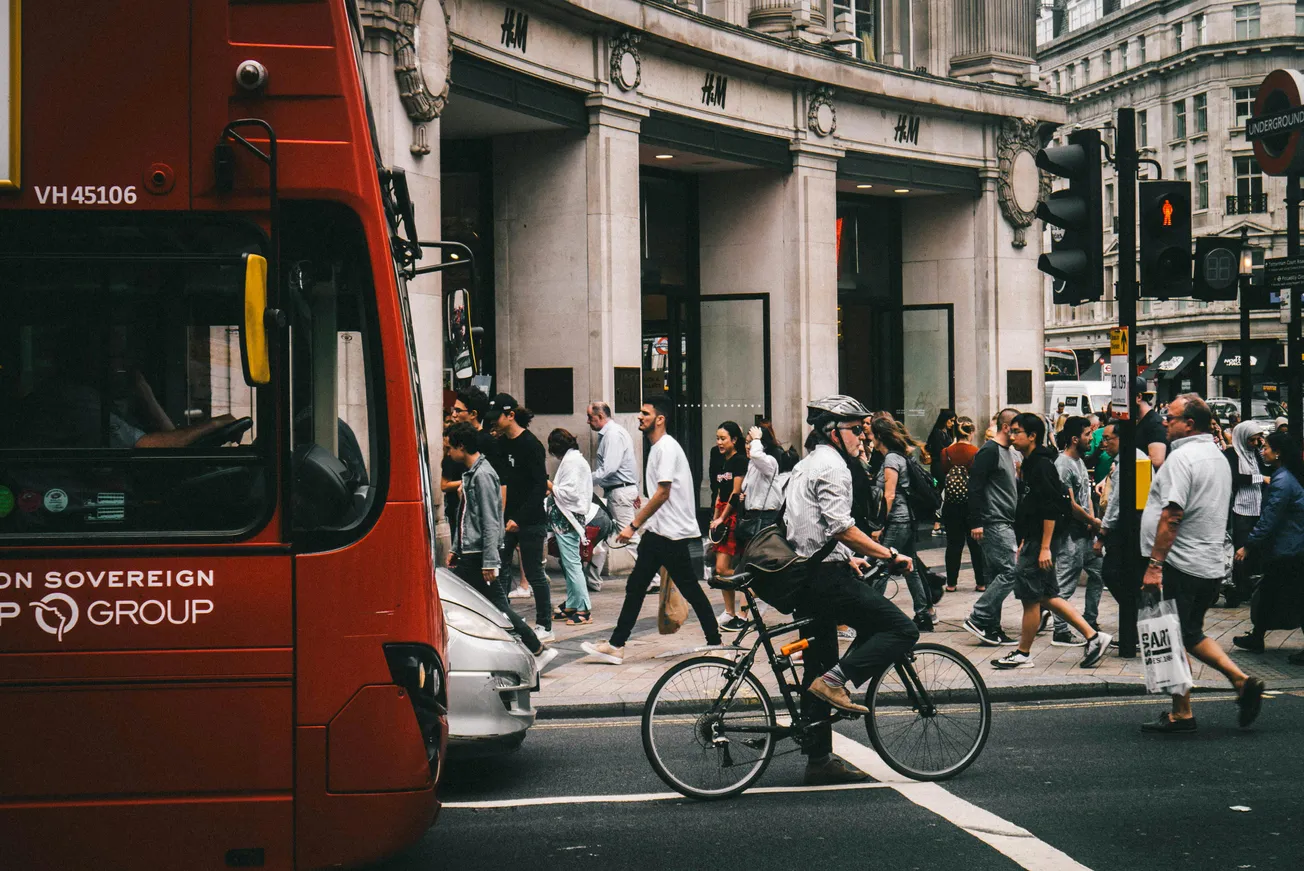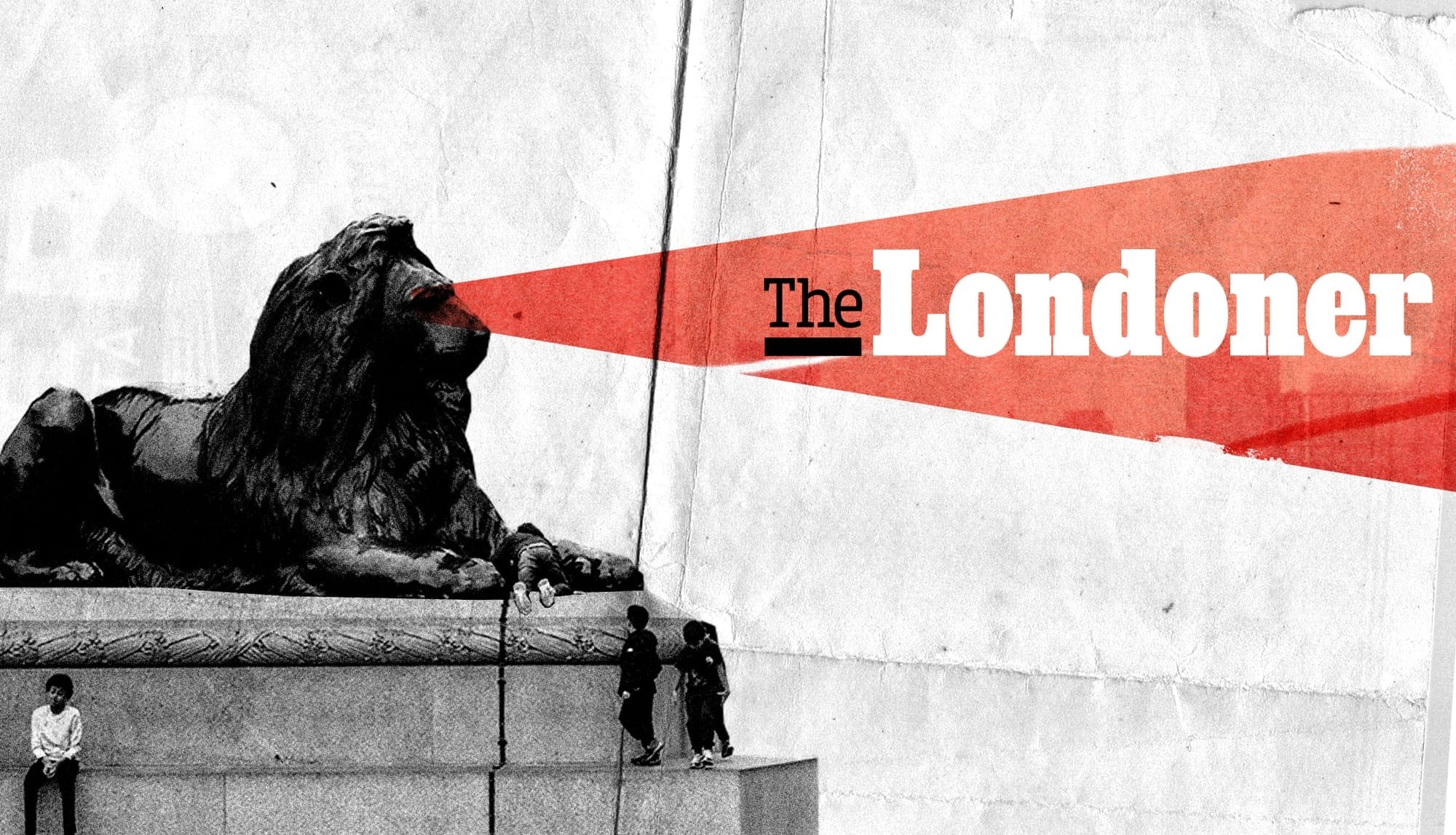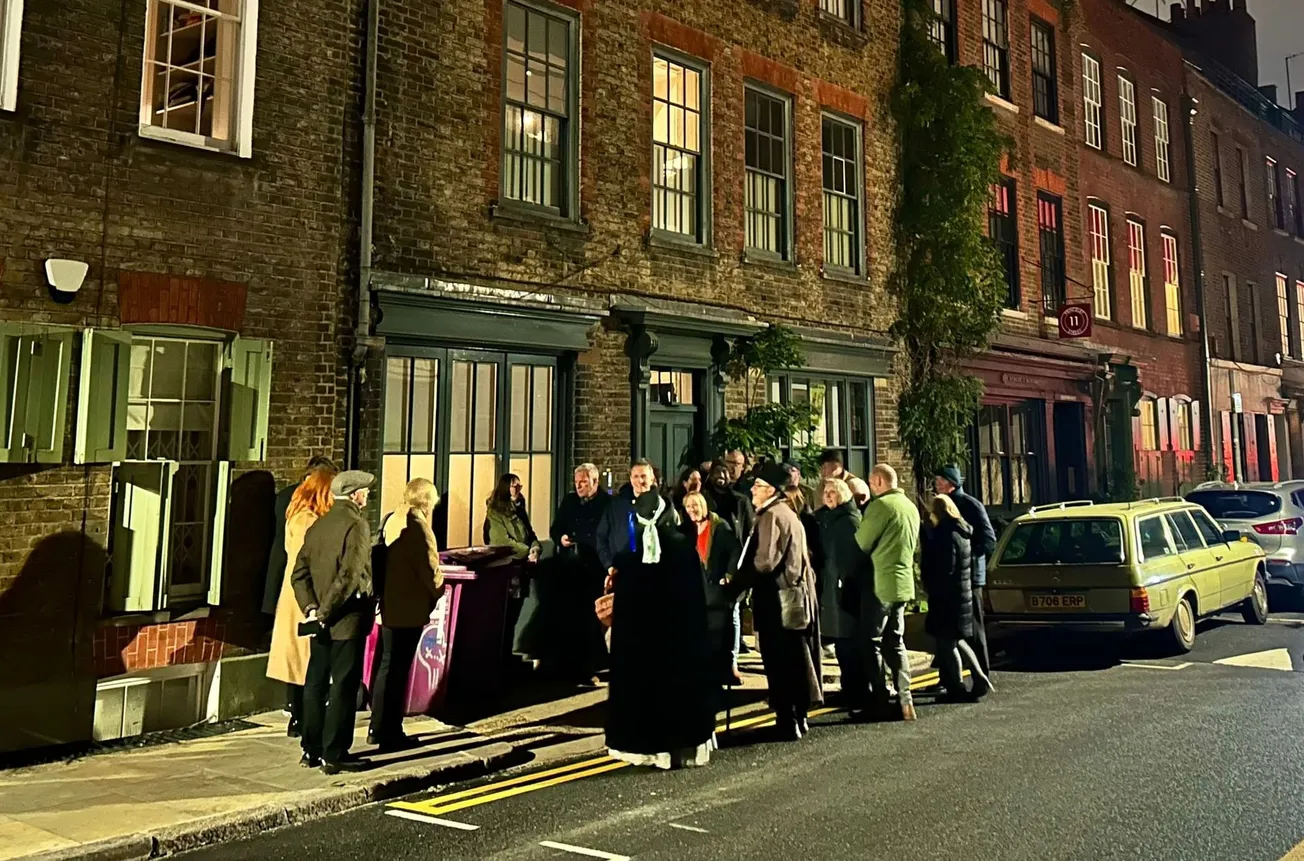Does Oxford Street have a future? In today's story, Hannah Williams examines how to solve a problem that’s as old as London itself
To walk down Oxford Street is to walk the route of the doomed. Until the late 18th century, the street – an old Roman road, Via Trinobantina, that led out of the city – was the route from Newgate Prison to the gallows at Tyburn. For centuries, crowds lined the street to bear witness to the final journey of the good and the bad, the high and the low born.
Of course, the gallows disappeared long ago, and none of the buildings from that era remain. The structures now on Oxford Street, even by London standards, are relatively young. You aren’t meant to look up – your eyes are meant to be on the merchandise lit up in the windows – but it’s only by doing so that you see the variation, the dissipated splendour: a grimy Edwardian townhouse housing a vape shop stands across from the neoclassical grandeur of the Primark store, formerly the Lyon’s tearooms; the martini-glass shine of M&S’s art deco Pantheon a few doors up from the late-noughties blue plastic of the Boots store.
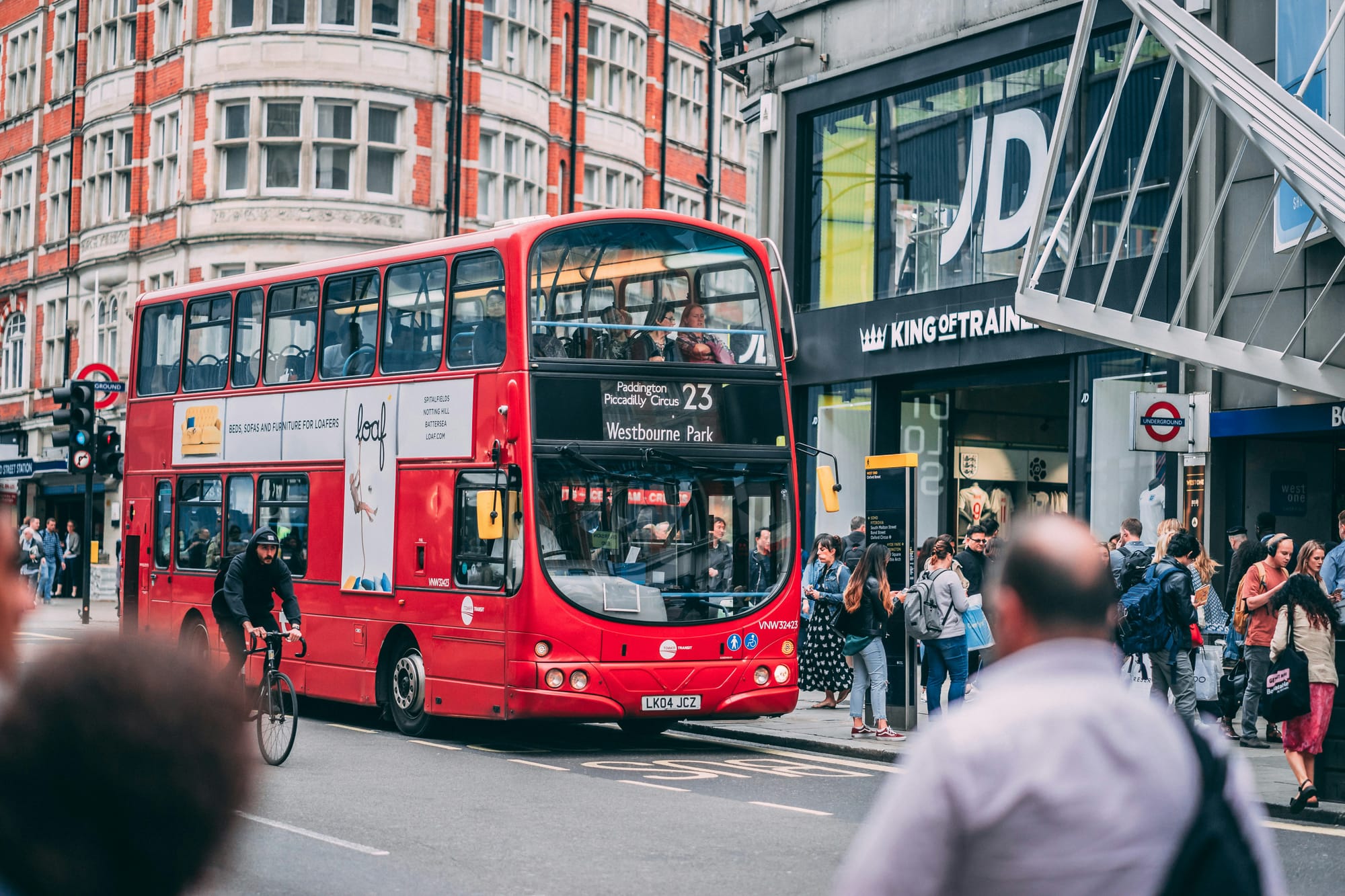
While this hodgepodge feels quintessentially London, there’s also a practical cause. Oxford Street has more than 100 landlords; contrast that with the aquiline curve of nearby Regent Street, whose aesthetically coherent appearance is the result of being mostly owned by a single stakeholder, the Crown Estate.
But after years of grim auguries – the closures of department stores Debenhams and House of Fraser, the opening of Westfield London, the explosion of cheap online shopping, and now a bitter fight between mayor, council and residents about pedestrianisation – might the death that Oxford Street now leads to be its own? In a bid to understand who currently uses one of Britain’s most famous streets – and what the future holds – I set out down its pavements on a foggy November day, a sun the colour of spoilt milk struggling in vain to break through the gloom.
Perhaps the only thing that has remained constant on Oxford Street throughout the centuries is the crowd, as present now as when the populace gathered to jeer and hurl vegetables, rotten-skinned and black-pulped, at those about to die. The thoroughfare, since its inception, has always been too busy. By 1895, for example, writers were referring to “the constant stream which passes in and out of Oxford Street.” This still feels like an apt description for the crowds around me on my lunchtime walk down the road – only now there’s the added challenge of people enraptured by their phones.
I stop and speak to Andy, a musician busking on the Tottenham Court Road end of the street, who tells me it’s his first time in the spot – he’s usually in north London, where he lives. I ask how the audience is: “There’s a lot of tourists, but some people coming from work, too.” What does he think of the street? “Hell,” he laughs, although it’s been a good day for him. “It’s just too intense.” Does he come here to shop? “Maybe Sports Direct, or Urban Outfitters … but not really, not if I can help it,” he says, although he concedes that it’s nice when they turn on the Christmas lights.
The majority of Oxford Street – from Portman Street to Great Portland Street to the east, and Oxford Circus to Binney Street to the west – is closed to private traffic between 7am and 7pm, Monday to Saturday. But buses, taxis and bikes still use the street – and many of the people I speak to are concerned about their safety. “It's just not a particularly pleasant space to spend time,” says Dr Will Norman, the walking and cycling commissioner at City Hall. “They've got amazing shops and things to do on the street, but the street itself is, you know … there's traffic, people stepping into the road. It's cramped.”
I pop into the Argyll Arms, just off Oxford Street, all glossy anaglypta and frosted glass dividers; despite being a genuine 18th-century pub, it has the vague uncanniness, the missed-stair lurch, of a theme-park simulacrum. Two Austrian tourists sit at the table next to me and politely answer my questions before they head to a Bonfire Night firework display. I mention to them that many people don’t like Oxford Street, and they seem puzzled. “It’s beautiful! The city is beautiful, the street is beautiful!” But the traffic is a worry: “You are always being nearly hit.”
It’s a similar story in the M&S, where I speak to American mother-daughter duo Chris and Jordan in the jumper section. Chris lives in Essex and often comes to shop before or after she sees a show in the West End; both women adore Oxford Street. “Places like Primark are better stocked here than anywhere else, and the M&S is better than the one near home,” Chris says. Despite their enthusiasm, the pair also emphasise how it often feels “dangerous to cross the street.”
Shopping has long been Oxford Street’s raison d’etre. Although it was the allure of the gallows that led to shops, pubs and entertainments along the road, it was only when the executions were moved from Tyburn to Newgate in the mid-to-late 18th century that it became the centre of British – and, at that time, world – commerce. Gone were the discarded oyster shells and slurry and frayed fragments of the hangman’s noose, available to purchase from pubs as mementoes, and in their place were glazed storefronts and oil lamps, some of the first in the world. Oxford Street was its paean to the delights of capital, a sign of the country’s elevated status on the world stage.
The late 19th and early 20th centuries saw the arrival of department stores, scores of them: John Lewis, Harrods, Peter Robinson, Debenhams, D.H. Evans, Selfridges, Bourne & Hollingsworth, Marshall & Snelgrove, Peter Robinsons, Waring & Gillow. But this hey-day is long past, and just Marks & Spencer, John Lewis and Selfridges now remain; this year it was announced that the carcasses of the shuttered Debenhams and House of Fraser stores will finally be redeveloped into offices and mixed-use space.
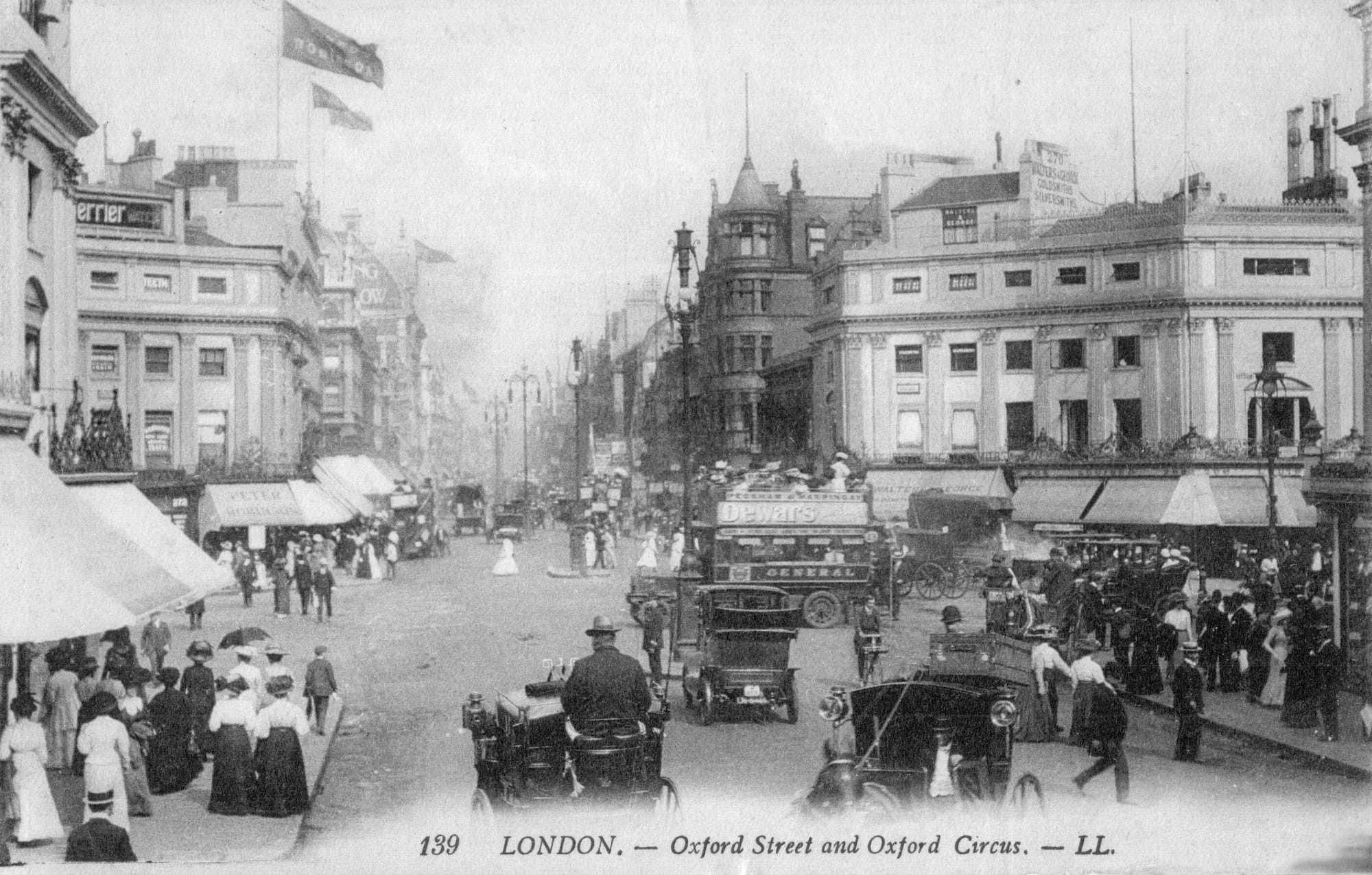
But despite remaining, by some measures, the busiest street in Europe, there is a strong sense that Oxford Street’s days as a premier shopping destination have come to an end. While footfall and spending have improved over the last year, they’re still down on the pre-pandemic years; according to Cushman & Wakefield and MyTraffic’s joint European High Streets Ranking 2022–23, the street staggers behind rivals such as Paris’ Champs-Élysées, Madrid’s Gran Via and Amsterdam’s Kalverstraat. 2022 saw a massive 18 per cent dip in footfall, the most severe of any major European shopping street. This crisis isn’t unique to Oxford Street – aside from certain affluent suburbs, such as Wimbledon, that are bucking the trend, pretty much every British high street is currently dealing with the same issues. But there’s an extra sense of urgency, I suppose, when the street’s estimated GVA (gross value added) is £22.75bn. In the few independent shops I visit, employees tell me that they’re seeing more crime and fewer customers.
One of the main challenges facing the thoroughfare seems almost retro: the mall. But there’s nothing quaint about Westfield London and Stratford, a concrete Gog and Magog hunched at each end of the city. Several people I interviewed told me that they’d rather visit these spots, or out-of-town equivalents like Bluewater in Kent, than brave the Oxford Street crowds. The siren call of online shopping is also pulling away customers such as Rhianna, who’s interviewing for an office job nearby. I meet her while I eat a cheese toastie in the nearby Eastcastle Street Pret-A-Manger, the lights reflecting numb and white off the plastic tables. She says buying online is far more convenient: “When I order from PLT [fast fashion retailer Pretty Little Thing] online, it’s delivered to my house the next morning.” She used to go to Oxford Street when she was younger, “but I’m too old to enjoy that kind of thing now”. I nod, although Rhianna looks, at most, like she’s in her early 30s.
It seems as though pretty much everybody I speak to believes that Oxford Street has a problem – but nobody can agree how best to solve it. One solution is incremental change, exemplified by the Oxford Street Programme advanced by the Labour-run Westminster City Council in 2022. The proposals included expanded footpaths, tree planting and seating, as well as better lighting and a uniform appearance for the street. These enhancements were estimated to cost £90 million, half of which would come from the council and half from businesses along Oxford Street.
I sit down with Westminster City Councillor Paul Dimoldenberg, cabinet member for City Management and Air Quality, in a Starbucks near the council offices on Victoria Street. “I don't agree with the premise that the high street is inevitably going to die,” Dimoldenberg says. “And the centre of London is a massive draw in its own right.” But he acknowledges that the way in which people interact with city centres is changing – and office and retail space are no longer the fail-safes they once were. To secure the future of Oxford Street, the council wants to “encourage more cultural and leisure uses, so that you can have a day out on [the] street and do other things: a demographic of people who go to galleries and cinema, as well as a demographic of people who go shopping.”
Will Norman agrees. In his eyes, Oxford Street needs to evolve and become “part of a ‘time out’, which includes that retail experience, but it also includes hospitality, leisure, entertainment.” But it’s here that plans for the future of Oxford Street dramatically diverge. Just as Westminster City Council were about to begin work on their programme, the mayor of London’s office got in touch. This was a Thursday – and the following Tuesday, the mayor’s office said, Sadiq Khan would be announcing the creation of a Mayoral Development Corporation, effectively enabling him to take control of the street. And, most importantly, they are going to enact a more radical solution to the street’s problems: pedestrianisation.
“It’s very clear it needs a refresh,” says Norman. Khan wants to pedestrianise the entire length of Oxford Street in three stages, beginning with the section running west from Oxford Circus to Selfridges. “All the evidence shows that if you do that, then people spend more time there,” Norman tells me. “There's more footfall, there's more spend, and it's better for businesses and jobs.”
From City Hall’s perspective, the council’s plans failed to grasp the full scope of what is needed for Oxford Street’s survival. “We looked closely at Westminster's plans. They’re not terrible, but they didn't really go far enough to realise the area's full potential”; although Norman insists that the council will be closely involved in the scheme. “They don't know what they're doing – it was clear when they made the announcements [that] the only planning they'd done was a press release.” The council, he tells me, has had no further responses from the mayor’s office (I’ve asked for confirmation of this, and any updates will be shared in a future newsletter). “It is not the right way to make decisions about the most important retail street in the country ... It’s just irresponsible.”
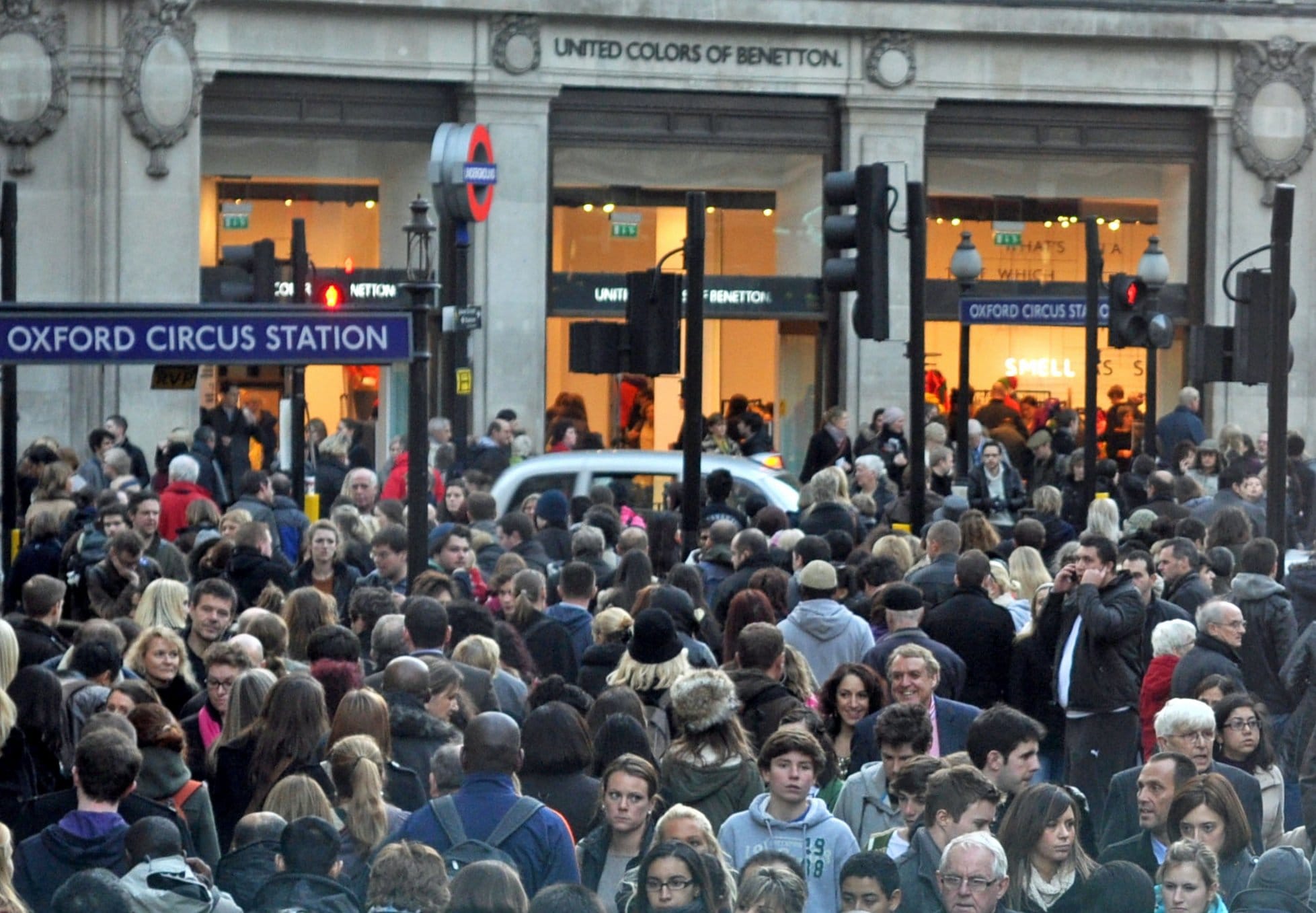
Dimoldenberg seems largely pessimistic about the plans’ chances of success, saying that “if pedestrianisation was an easy thing to do, they would’ve done it a long time ago.” I get the sense that council members feel frustrated, if not a little personally wounded – they and the mayor belong to the same party, after all. It’s also worth highlighting that when Labour won control of the council in 2022 for the first time in its 57-year history, it was partly a reaction against the Conservatives' approach to the future of the West End.
Until now, the most concerted attempt at pedestrianisation was in 2017, the year after Khan was first elected. Initially, it looked as if the plans would go ahead, only to fall through when the then-Conservative-run council withdrew its support after lobbying from local residents’ groups. “If we're talking about being blindsided, that was certainly the case then,” says Norman. “I maintain to this day that, if that scheme had been delivered, Oxford Street would be in a very different situation than it is now.”
Local residents remain aggrieved. I speak to Tim Lord from the Soho Society, which represents the interests of those living in the neighbourhood and acts as a consultant to Westminster Council on everything from planning, architecture and licensing. “Everyone tried to do it properly in 2018, and it proved impossible,” Lord says. He tells me that people are primarily worried about the impact on crime and congestion, as well as concerns about accessibility. “When we say to [TfL], what about older people or people with mobility issues, they just look blankly at you,” he says.
Norman is keen to assure me that provision for disabled people and delivery vehicles are integral to the scheme. “It needs to work for everybody. Businesses still need deliveries [and] we need to make sure that people with disabilities can still access and use it in the same way that they do now.” Although the plans still need to be finalised, he is “not envisaging a full pedestrianisation without any traffic being able to move north-south, because that wouldn't work from access perspectives.”
Where Lord is measured, Michael Bolt, from the Soho Society’s westerly counterpart, the Marylebone Association, is animated in his hatred for the mayor’s plans: “He wants to make an impact. He wants to make a name for himself. ... He's very vain, and we know that from years of encountering him.” Bolt tells me of potential judicial challenges from both Westminster City Council and its Conservative opposition, although a source at the former maintains that this is not on the cards.
Plans for pedestrianisation are increasingly popular across Europe, where politicians seek to address the adverse effects resulting from car-centric planning decisions in the mid-20th century. In Paris, the exhaust-rasped Champs-Élysées is set to dedicate half of its eight car lanes to foot traffic; while Barcelona’s La Rambla, already mostly pedestrianised, has commenced a €55 million renovation. This involves removing one of the access roads that run alongside the central pedestrian area to make the space “more comfortable, greener, welcoming and more focused on pedestrians.” La Rambla, in particular, may be an influence on the mayor’s plans; as OnLondon reported, Deputy Mayor Seb Dance recently spoke to his Barcelona counterpart, Laia Bonet, about “the benefits of pedestrianised streets for cities and the challenges of large-scale regeneration projects.” As a tourist attraction, entertainment district and crime hotspot, La Rambla may also foretell the advantages and issues of a pedestrianised Oxford Street.
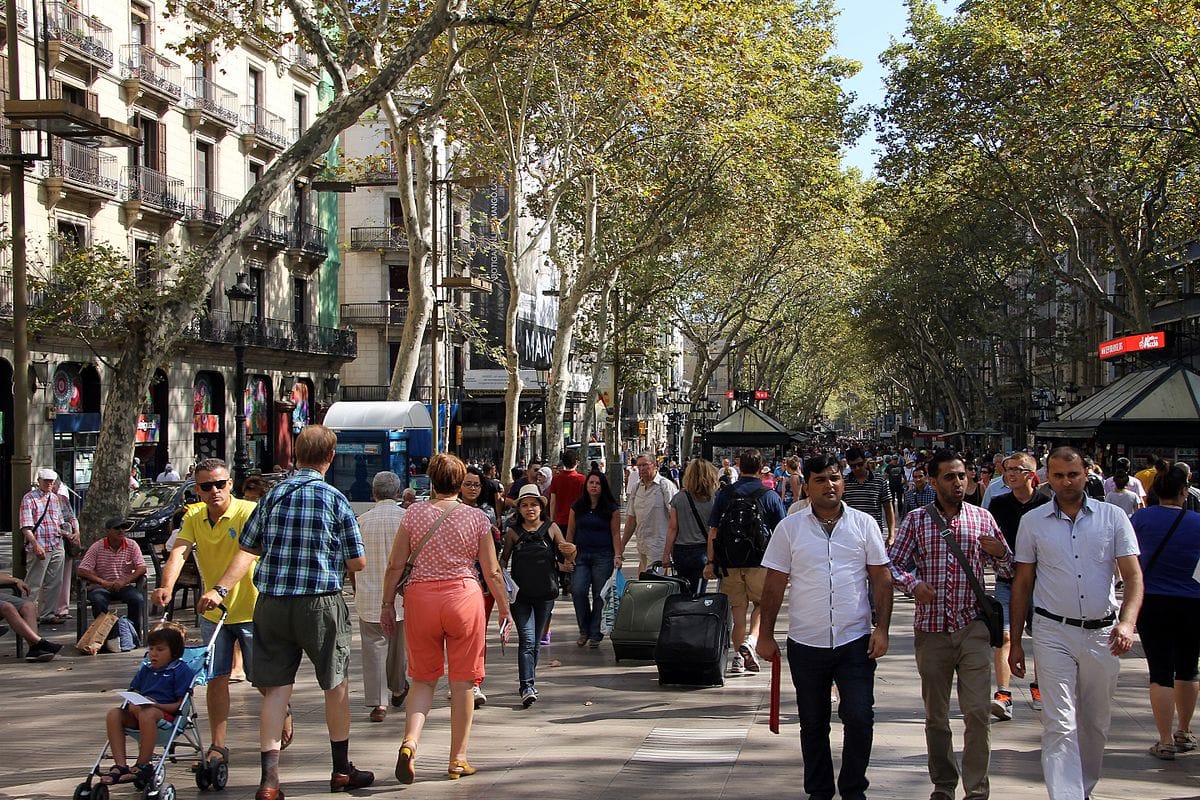
Amongst the people I spoke to on Oxford Street – tourists and Londoners alike – pedestrianisation was overwhelmingly popular. “I’ve seen this on all the news – I think it’s a very nice idea, it’s great. ... It’d be good business for all the shops,” says Nabil, who is helping distribute flyers for his friend’s restaurant, Kebzhouse. In the melamine glare of the Samsung shop, I meet Muskan. As somebody who works on the street, she uses it to shop every day, although she wasn’t aware of the proposals. When I tell her, she’s delighted by the idea: “That’d be perfect.”
Might Oxford Street, then, avoid its doom? Back on the street, the evening has drawn in and the Christmas lights have come on. I watch for a moment as hundreds of stars, gold with lapis tails, fall over the street, over the tourists and the huddled office workers and the waiting buses and the e-bikes and the revving taxis. And then I walk onto the fringe of quiet back streets that lead away from the main thoroughfare, avoiding the crush.
Please share this story with friends via the link on our website or by forwarding this edition to friends – sharing is hugely important to help us grow The Londoner. Thanks for your help.

Comments
How to comment:
If you are already a member,
click here to sign in
and leave a comment.
If you aren't a member,
sign up here
to be able to leave a comment.
To add your photo, click here to create a profile on Gravatar.

